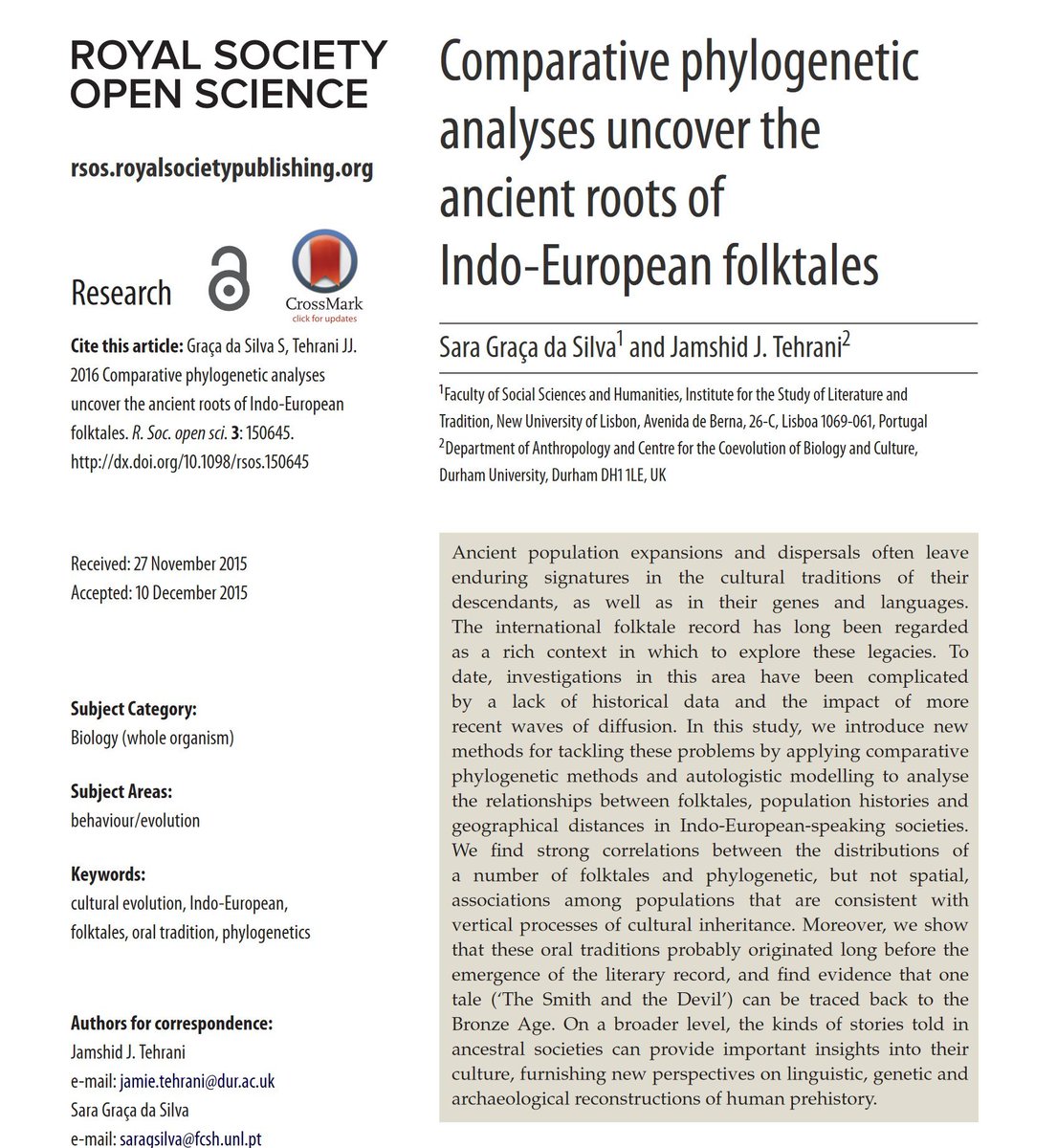
Noise is a remarkably insidious form of pollution: a 10db noise increase (from dishwasher to vacuum) drops productivity by 5%. But the kicker is you don't notice: noise hurts your ability to think, not your effort. You work as hard but do worse! And poorer areas have more noise. 



Here's a link to the paper, which makes the point that policy is really needed to regulate noise, since people don't realize how much they are impacted by it, and so don't value quiet as much as they should: joshuatdean.com/wp-content/upl… 

Also other forms of pollution also impact cognition in subtle ways. More 👇
https://twitter.com/emollick/status/1334938163580710916
Noise cancelling headphones don’t solve the noise problem, as this study shows. They don’t significantly improve our ability to concentrate in office environments. And again, it’s a bit of a trap: we feel that they help us, even though they don’t! pub.dega-akustik.de/ICA2019/data/a… 

Since people are asking about music, results have been a bit contradictory, but this 👇 paper uses multiple experiments to find that, for tasks that involve memory or writing, music hurts performance.
https://twitter.com/emollick/status/1389291188730187782
• • •
Missing some Tweet in this thread? You can try to
force a refresh






















